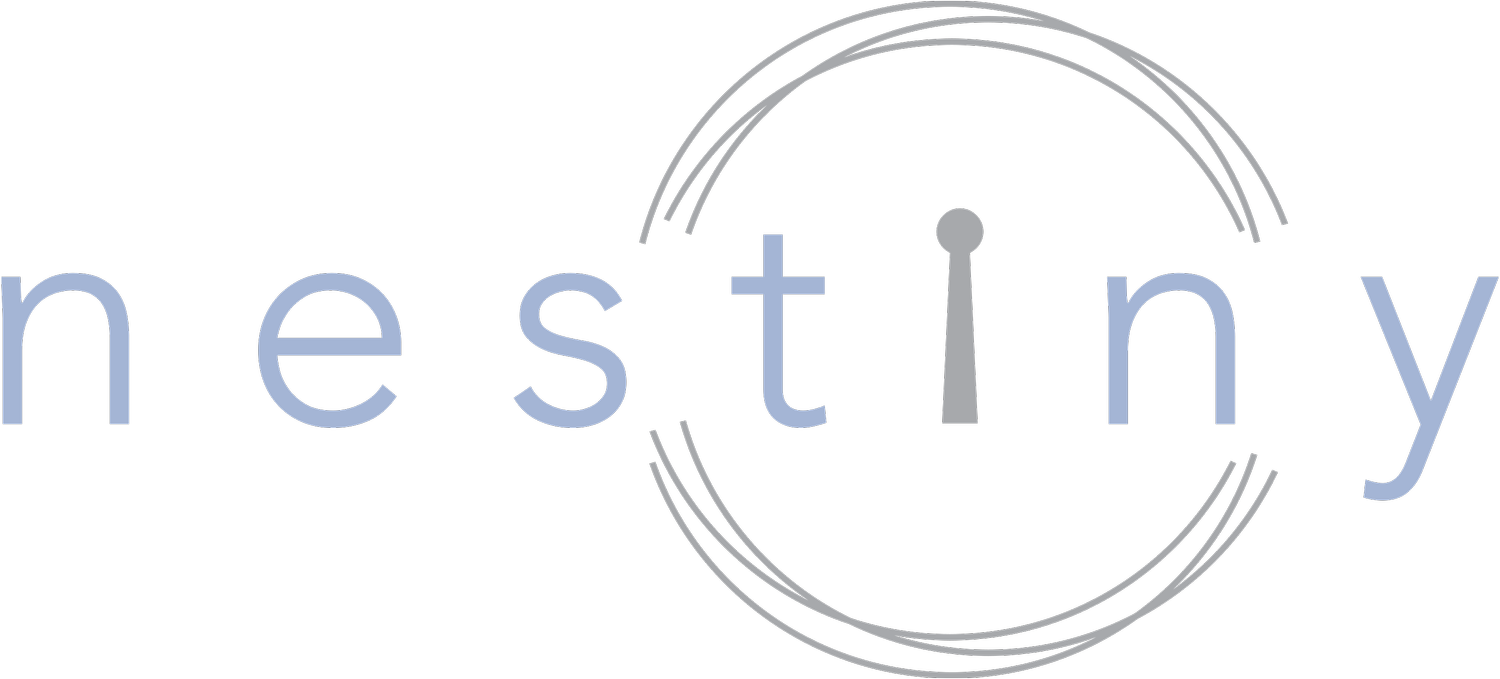Virtual Staging vs. Traditional Staging: What You Need to Know
In today’s competitive real estate market, sellers are looking for every edge they can get to ensure their home stands out. Home staging has long been one of the most effective ways to create an inviting, aspirational space that helps buyers envision themselves living in a home. However, with the rise of technology, virtual home staging has become a popular alternative to traditional, real home staging.
While virtual staging certainly has its merits, there’s no substitute for the warmth and ambiance that real home staging provides. Let’s take a closer look at both methods and why traditional home staging continues to be the best way to maximize your home's appeal and, ultimately, its sale price.
Virtual Staging: A Convenient But Limited Solution
Virtual home staging involves digitally adding furniture and décor to photographs of an empty house. It’s a quick, cost-effective option that can transform vacant rooms into stylish, furnished spaces. For sellers looking to make a strong first impression online without the time or expense of physically staging a home, virtual staging might seem like the perfect solution.
But while virtual staging has its place in the real estate world, it’s important to remember that it only works on the digital front. When potential buyers visit the property in person, the home will still be empty. The warm, inviting spaces they saw in the photos won’t be there, and that can lead to a feeling of disconnect.
The cost of virtual staging may be lower upfront, but it often fails to deliver the same return as traditional staging. Buyers are making a significant emotional and financial decision, and a beautifully staged home helps them envision their future in the space. This emotional connection can lead to higher offers and a quicker sale—outcomes that virtual staging simply can’t achieve.
Traditional Staging: The Power of Tangibility and Atmosphere
Unlike virtual staging, traditional home staging involves physically furnishing and decorating a home with actual furniture, art, and accessories. There are times when virtual staging may help supplement traditional home staging. For example, it’s a great way to show how a space might be used in secondary way. Think of when a basement may be set up as an exercise room but then virtually staged as a secondary living space. While traditional staging is an investment, it brings a level of authenticity that virtual staging simply can't replicate.
Feel the Space: One of the most powerful aspects of real home staging is the ability to feel the space. The way a home "feels" is just as important as how it looks. Buyers want to imagine themselves living there, and the physical presence of staged furniture allows them to experience the size and flow of the rooms. A beautifully staged home creates an emotional connection that a photo simply can’t achieve.
Set the Mood: Real home staging sets the tone for each room. The right pieces of furniture and décor create a cozy, welcoming environment that virtual staging can only hint at. When a buyer steps into a staged home, they immediately feel the warmth and charm of the space. Lighting, textures, and the thoughtful arrangement of furniture create a mood that inspires potential buyers to make an offer.
Accurate Representation: Real staging presents a true-to-life version of the home’s potential. With virtual staging, there’s always the risk that the images don’t accurately represent the space—whether it’s due to the unrealistic scale of furniture, over-editing of images, or simply the fact that digital furniture doesn’t look the same in real life. Buyers can sometimes feel disappointed when they walk into a home and realize it doesn’t match the images they saw online.
Maximize Every Square Foot: A real home stager knows how to optimize the layout of each room to make it feel as spacious and functional as possible. Staging isn’t just about placing furniture—it’s about creating flow, highlighting architectural features, and making the home feel lived-in without feeling cluttered. This skill is something virtual staging, which is often based on generic templates, can’t replicate.
The Bottom Line: Home Staging Is an Investment that Brings Better Returns in Your Sale
While virtual staging works for tight budgets or quick online images, it can't replace the impact of real staging. Buyers want more than pretty pictures—they want to feel inspired and at home.
Real staging creates an atmosphere buyers can experience in person, fostering an emotional connection that turns browsers into buyers. Investing in real staging pays off by creating a space that feels just right, leading to better offers and a higher return.
If you're ready to take your home sale to the next level, don't underestimate the power of real home staging. It’s not just about filling an empty room—it's about crafting an experience that sells the lifestyle. And that's something no digital image can ever truly replicate.
Ready to stage your home? Contact us today to learn how our professional home staging services can make your property shine!
